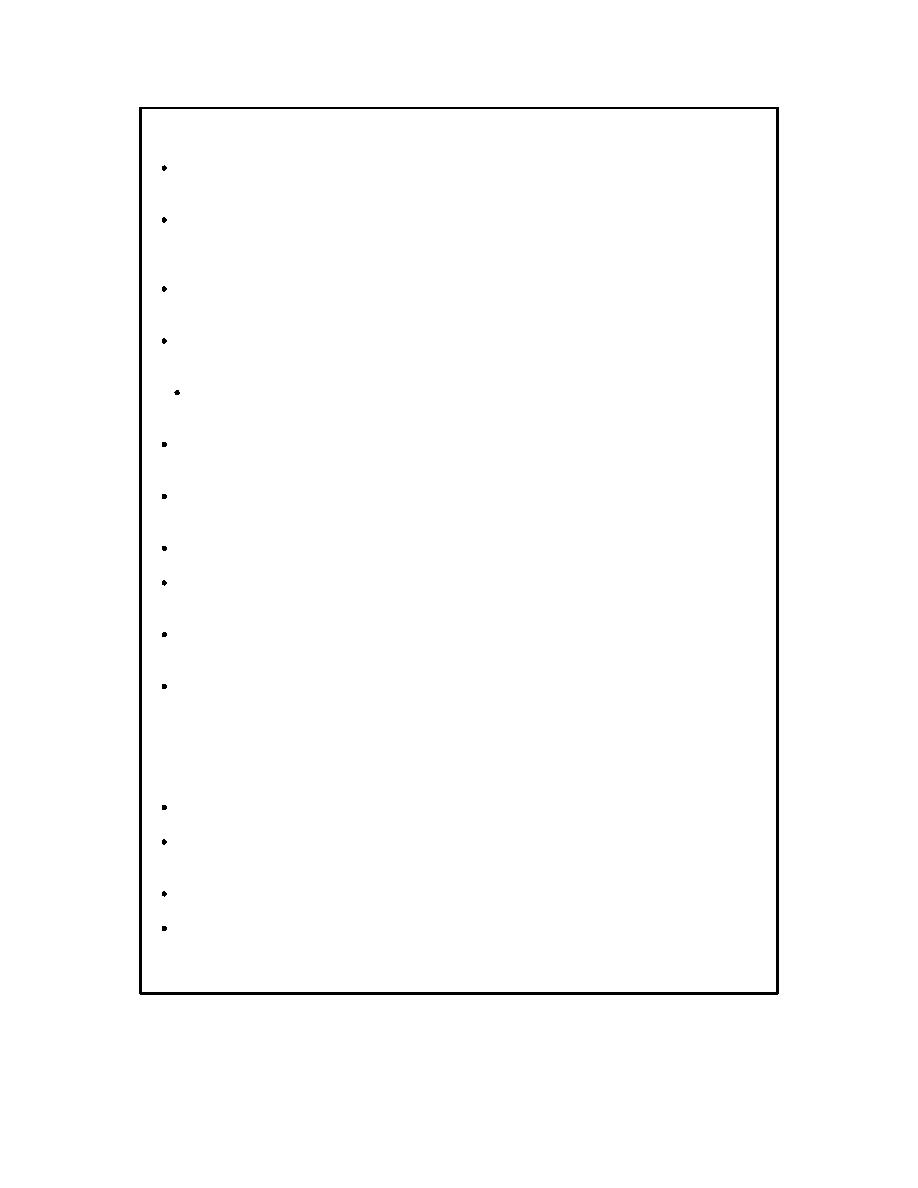 |
|||
|
|
|||
|
|
|||
| ||||||||||
|
|
 TM 5-2420-224-10
WARNING
Daily inspect vehicle and crane operation prior to use. Failure to do so could result in
personal injury.
At work site, park vehicle with grade. When cross-grade parking is necessary, restrict
load to compensate for increased tipping risk. Failure to do so could result in severe
personal injury.
Do not attempt to handle load if outriggers are unable to make solid contact with
ground. To do so could result in personal injury.
Use equipment on solid, level surface with outriggers properly extended. Failure to do
so could result in personal injury.
Avoid overhead obstructions on work side of unit as much as possible. Failure to do
so could result in personal injury.
Always disengage PTO prior to moving carrier vehicle. Failure to do so could result in
personal injury.
Before operating crane, refer to maximum load (capacity) chart on crane for operating
load limitations. Failure to do so could result in personal injury.
Never exceed rated lifting capacities. To do so could result in personal injury.
Never side load boom by dragging load from side. To do so could result in personal
injury.
Perform all stowage procedures using driver's side controls to prevent possible
personal injury.
Never rotate crane too fast with load. Cranes are equipped with overload protection
system. In overload condition, no function will operate that will result in increase in
operating radius. However, same function may be operated in opposite direction if it
results in decrease in load. Overload protection system is not sensitive to carrier
vehicle stability and is not substitute for good judgment. Always refer to capacity chart
before attempting to lift load. Failure to do so could result in serious personal injury.
Never swing load over personnel. To do so could result in personnel injury.
Operate all controls slowly and smoothly to avoid damage to equipment or injury to
personnel.
Always have clear view of work area. Failure to do so could result in personnel injury.
Maintain clearance of at least 10 ft (3.04 m) between any part of crane, loadline or
load, and any electrical line. Death or serious injury will result from contact or
inadequate clearance.
2-107
|
|
Privacy Statement - Press Release - Copyright Information. - Contact Us |